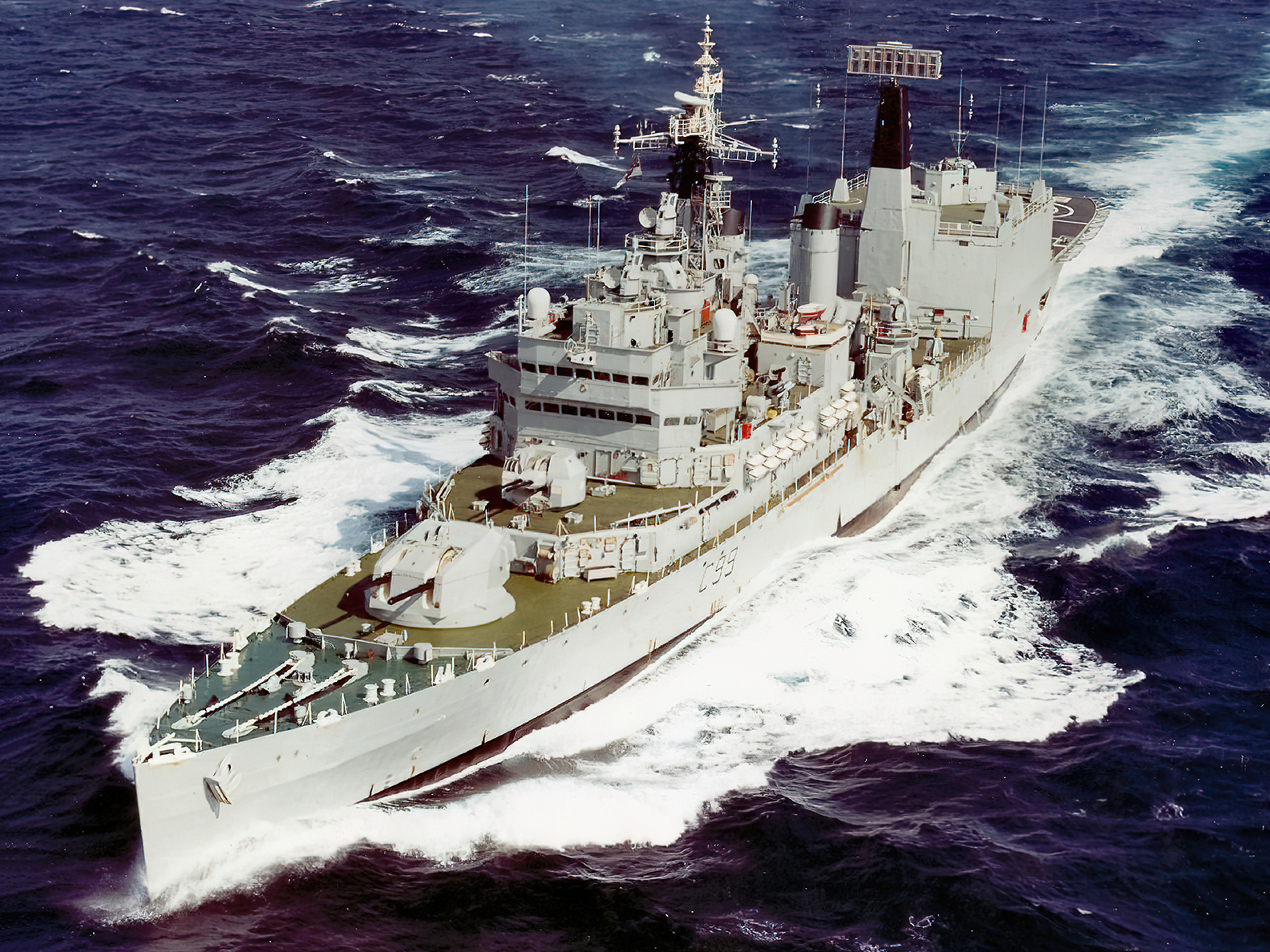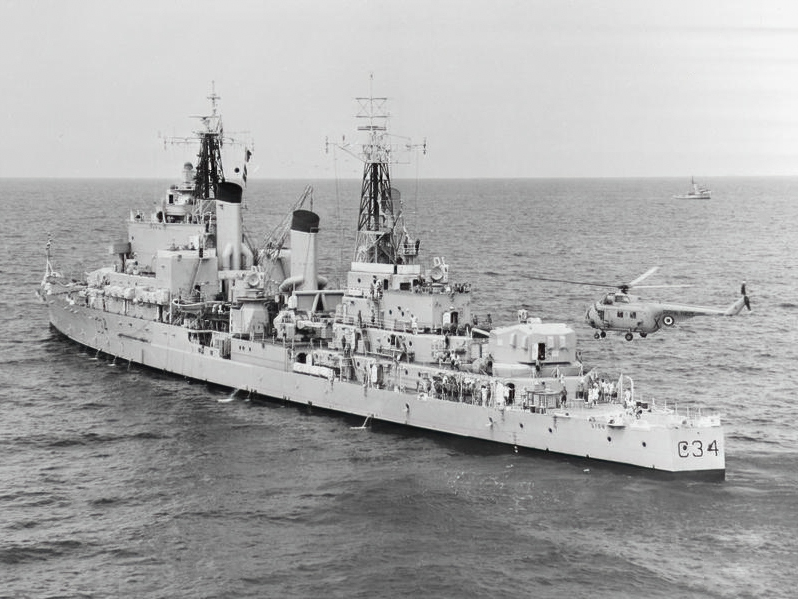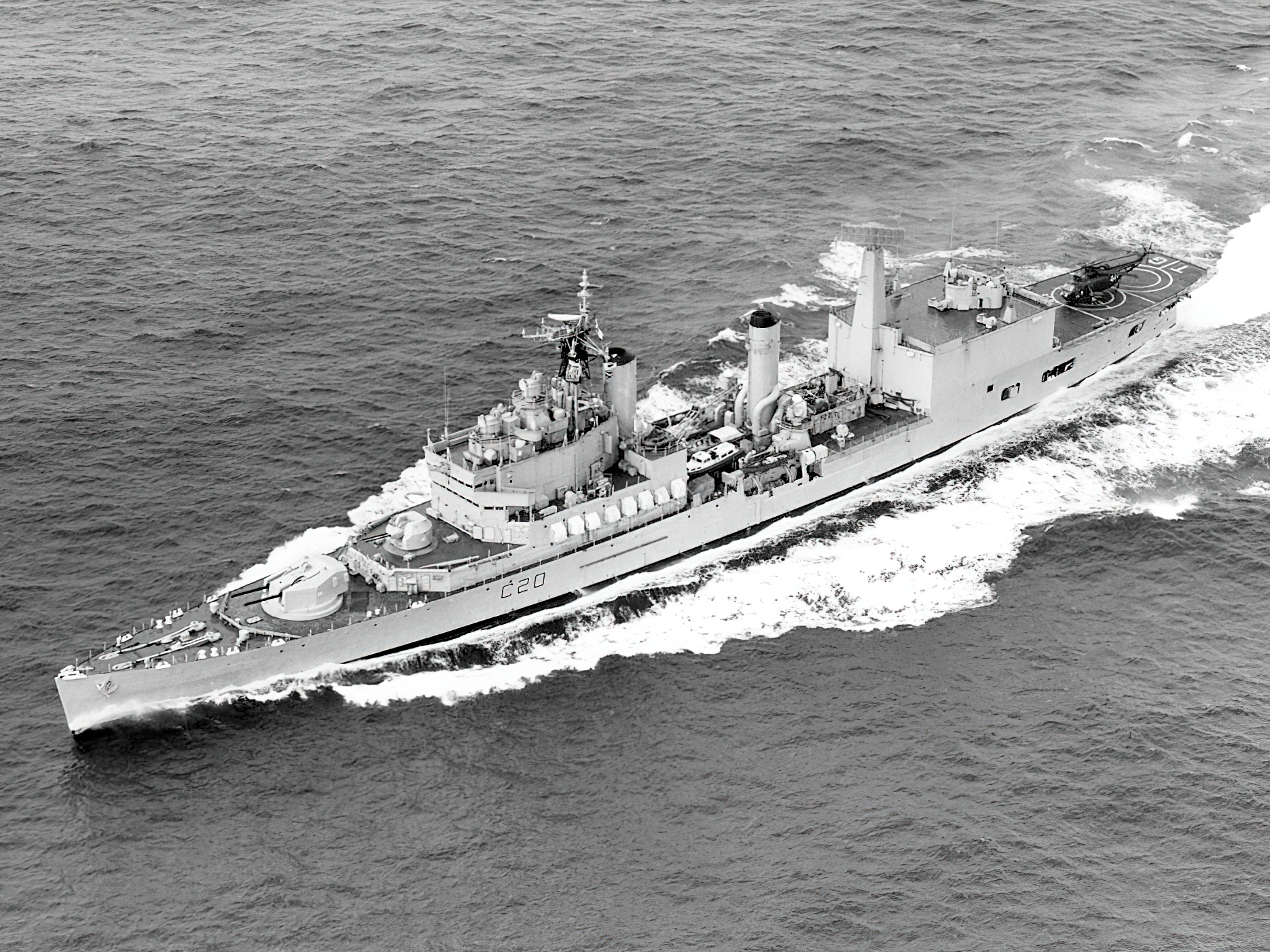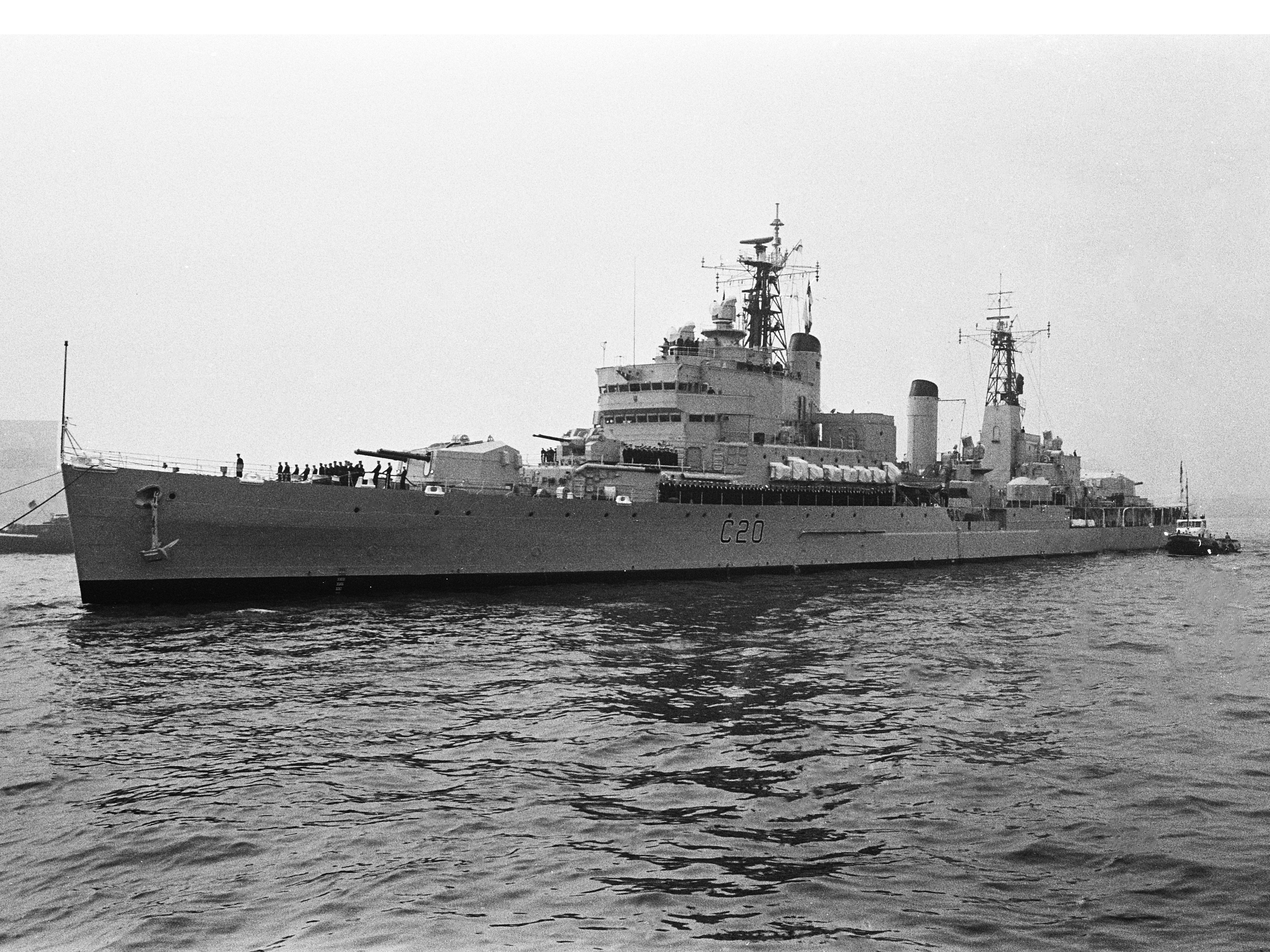Royal Navy Tiger Class Light Cruisers: A Comprehensive Guide
Introduction
The Tiger class light cruisers were among the last gun-armed cruisers to serve in the Royal Navy. Originally laid down during the Second World War, they were not completed until the 1950s and underwent significant postwar redesigns. Later in their careers, they were converted into helicopter and command cruisers, reflecting the changing nature of naval warfare. Though their careers were relatively short, the Tiger class marked the final chapter of the Royal Navy’s cruiser era.
Origins and Design Development
The Tiger class originated from an emergency wartime programme for new light cruisers based on the earlier Minotaur class. Three hulls were laid down during the 1940s, but construction was halted at the end of the war.
In the 1950s, with a renewed focus on air defence and modern surface combatants, the Royal Navy resumed construction of the three cruisers with a new role in mind. The ships were redesigned with automatic 6-inch and 3-inch guns, advanced radar and fire control, and improved command and communication facilities.
As completed, the class featured a sleek profile with twin 6-inch turrets fore and aft, giving them impressive gunfire capability. However, delays and changing strategic needs meant they entered service just as the missile age was taking over.
Ships of the Class
Cold War Service
The Tiger class ships entered service between 1959 and 1961, with the intention of acting as fleet flagships and gunfire support vessels. Their powerful 6-inch guns could fire up to 20 rounds per minute per barrel, making them effective for naval bombardment.
However, the Royal Navy quickly realised that traditional gun cruisers were becoming obsolete. The ships proved costly to maintain and required large crews. As a result, all three were withdrawn from service in the mid-1960s, but two were later modernised for new roles.
Helicopter and Command Cruiser Conversions
In the late 1960s, HMS Tiger and HMS Blake were converted into helicopter and command cruisers.
Their after 6-inch turret was removed and replaced with a hangar and flight deck capable of operating up to four Wessex or Sea King helicopters.
Command and control facilities were upgraded to allow them to function as flagships.
Seacat surface-to-air missile systems were added for close-in defence.
These conversions were aimed at giving the Royal Navy a flexible platform for command, anti-submarine warfare, and limited amphibious support. HMS Lion was planned for conversion but never refitted and was decommissioned early.
Design and Technical Features
Displacement: 11,700 tonnes full load
Length: 555 feet
Propulsion: Steam turbines, maximum speed 31 knots
Guns (as completed): 2 × twin 6-inch Mk 26 gun turrets - 3 × twin 3-inch/70 automatic anti-aircraft guns
Helicopter conversion (Tiger and Blake): Flight deck and hangar for 4 helicopters -Seacat missile launchers
Crew: Up to 880 (reduced after conversion)
The Mk 26 twin 6-inch turrets were among the fastest-firing heavy guns ever fitted to a British warship, but their complexity and maintenance demands contributed to the ships’ short service lives.
Decommissioning and Legacy
HMS Lion was decommissioned in 1965 and scrapped without undergoing helicopter conversion.
HMS Tiger served as a helicopter cruiser until 1978, when she was placed in reserve and later scrapped.
HMS Blake was the last cruiser to serve in the Royal Navy, remaining active until 1979.
The Tiger class was a transitional design — a blend of wartime thinking and Cold War adaptation. Their helicopter conversions marked a shift towards multi-role capabilities, but the rising cost of manned cruisers and the shift to missile systems made them increasingly obsolete.
Though their careers were brief, they remain notable as the Royal Navy’s last operational cruisers, closing a century-long chapter in British naval warfare.
Summary – At a Glance
|
Ship |
Commissioned |
Notable Service Highlights |
Fate / Status |
| HMS Tiger (C20) | 1959 | Helicopter cruiser conversion, flagship duties |
Decommissioned 1978, scrapped 1986 |
|
HMS Lion (C34) |
1960 | Gun cruiser service, never converted |
Decommissioned 1965, scrapped 1975 |
|
HMS Blake (C99) |
1961 | Helicopter cruiser, last RN cruiser in service |
Decommissioned 1979, scrapped 1982 |
Conclusion
The Tiger class light cruisers were the last of their kind in Royal Navy service. Originally designed in wartime, completed in peacetime, and converted during the Cold War, they symbolise the transition from traditional naval gunnery to air and missile warfare. Though they served only briefly, they remain a significant chapter in British naval history as the final cruisers to fly the White Ensign.





